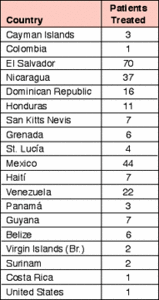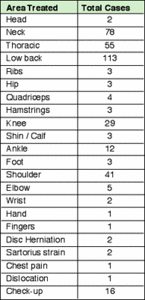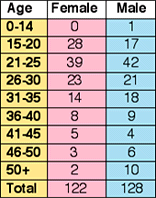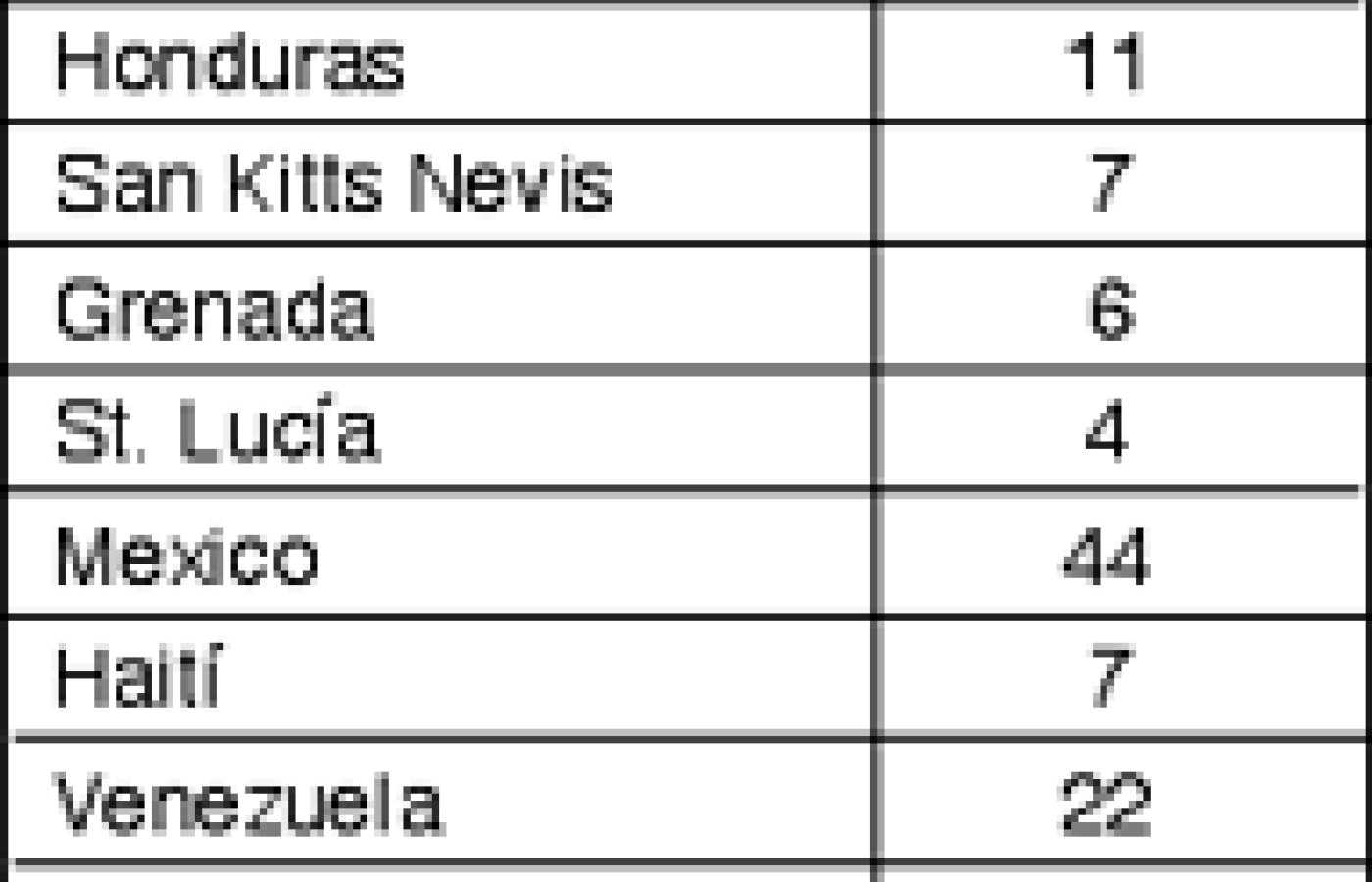In a landmark development, Blue Cross Blue Shield (BCBS) has reached a $2.8 billion settlement to resolve antitrust claims brought by health care providers, including chiropractors. The lawsuit accused BCBS of dividing the nation into exclusive regions and limiting competition, which resulted in lower reimbursements for providers. Although BCBS denies any wrongdoing, the company agreed to the settlement to avoid lengthy litigation – and you can get a piece of the pie.
Chiropractic at the Central American and Caribbean Games
Dear Editor:
El Salvador played host to the 19th Central American and Caribbean Games, Nov. 23 - Dec. 7, 2002. This was an unprecedented opportunity, as it was the first time chiropractic was invited to participate as part of the event's Organizing Committee Health Services.
With the help of Dr. Thomas Hyde, secretary of the Fédération Internationale de Chiropatique du Sport (FICS); Dr. Enrique Benet, vice president of FICS and president of the Federación Mexicana de Quiropráctica Deportiva; and Dr. Octavio Terrazas, vice president of the Federacion Mexicana de Quiropráctica Deportiva, a Chiropractic Team comprised of Mexican DCs was assembled for the games. Dr. Ramon Flores organized and supervised the logistics of the team's participation. He arrived days prior to the beginning of the games, securing our transportation, supplies and accommodations. He also did a remarkable job maintaining communication with the organizing committee, medical staff and village personnel.
For the first week of competition, three DCs were in charge of the chiropractic ward at the Central American Village Polyclinic, a multidisciplinary clinic established at the El Salvador University School of Medicine. Drs. Ramon Flores, Francisco Hermosillo and Houart Gaetan did a great job treating not only athletes, but also medical personnel, staff and volunteers of the polyclinic. Their professional, ethical and enthusiastic care showed chiropractic at its best. The results they achieved with the athletes were highly appreciated, especially in such events as judo, diving, swimming and weightlifting. In many instances, they helped athletes who were in great pain. Many of these athletes arrived to the clinic by referral, seeking chiropractic care as their last resource. Some of these athletes not only returned to competition, but were able to win medals at their sports. Afterward, they returned to the clinic to show their appreciation for the doctors who helped them.
By the second week, more doctors had arrived at the clinic. Drs. Gabriel Monterrubio, Rodrigo Castro, Saúl Luengas and I completed the chiropractic team. We began treating patients as soon as they arrived, even entire teams, including the Mexican baseball team; the Nicaraguan, Salvadorian, Mexican and Honduran female and male volleyball teams; the Mexican badminton team; the Belize basketball team; and the Venezuelan male and female wrestling teams. The doctors also were of great help once the tae kwon do, wrestling, fencing and track and field competitions started. Drs. Monterrubio and Luengas focused on the Mexican badminton and female volleyball teams, especially as the second week of competition started to take a toll on competitors' joints and backs. Dr. Castro and I focused on the athletes who arrived impromptu at the clinic each day. Some of these athletes were the only ones to win medals for countries such as Grenada, Guyana and Surinam.
As mentioned, the chiropractic team treated medical personnel, volunteers, physical therapists and even some of their relatives. Medical doctors from other teams ended up not only referring patients, but also being patients, too. The Venezuelan team brought its delegates, medical doctors and even its psychologists and therapists to receive chiropractic care!
The atmosphere at the polyclinic was wonderful throughout the games. Chiropractic was extremely well-received. Athletes and delegates kept asking if we were going to be at the Pan-American Games. They all see a great need for these services. Hopefully, we will be there. We completed 250 patient files, averaging four treatments per file that's approximately 1,000 treatments rendered! Overall, we treated patients from 19 countries. The following statistics below [compiled from the 2002 CAC Games] offer great support for the need for chiropractic at upcoming events. (See chart below.)

We found a direct relation between specific activities and specific areas of complaint. Although this is not new information for us, it is important for future events. We can present this information to head delegates from any sport or country, to show how we can help their athletes prevent injuries and/or improve performance before, during and after competition. Some of these athletes won a medal (or several medals) after receiving chiropractic care. There is no hard data on specific athletes, but it would be desirable to conduct case follow-ups at future competitions.

Regarding the type of treatments rendered, most involved spinal and extremity manipulation, using specific and nonspecific techniques. We also utilized mechanically assisted techniques and stretching, soft tissue and mobilization techniques. We referred patients to medical doctors or therapists when necessary.

We consider the overall experience a tremendous success. Everyone treated us well and openly received our care. It was an honor to be part of such an excellent team and to assist in such an enormous endeavour as the Central American and Caribbean Games. We hope this information serves as a useful resource and reference for upcoming events worldwide.
Moisés Hernández León, DC
Federación Mexicana de Quiropráctica Deportiva



